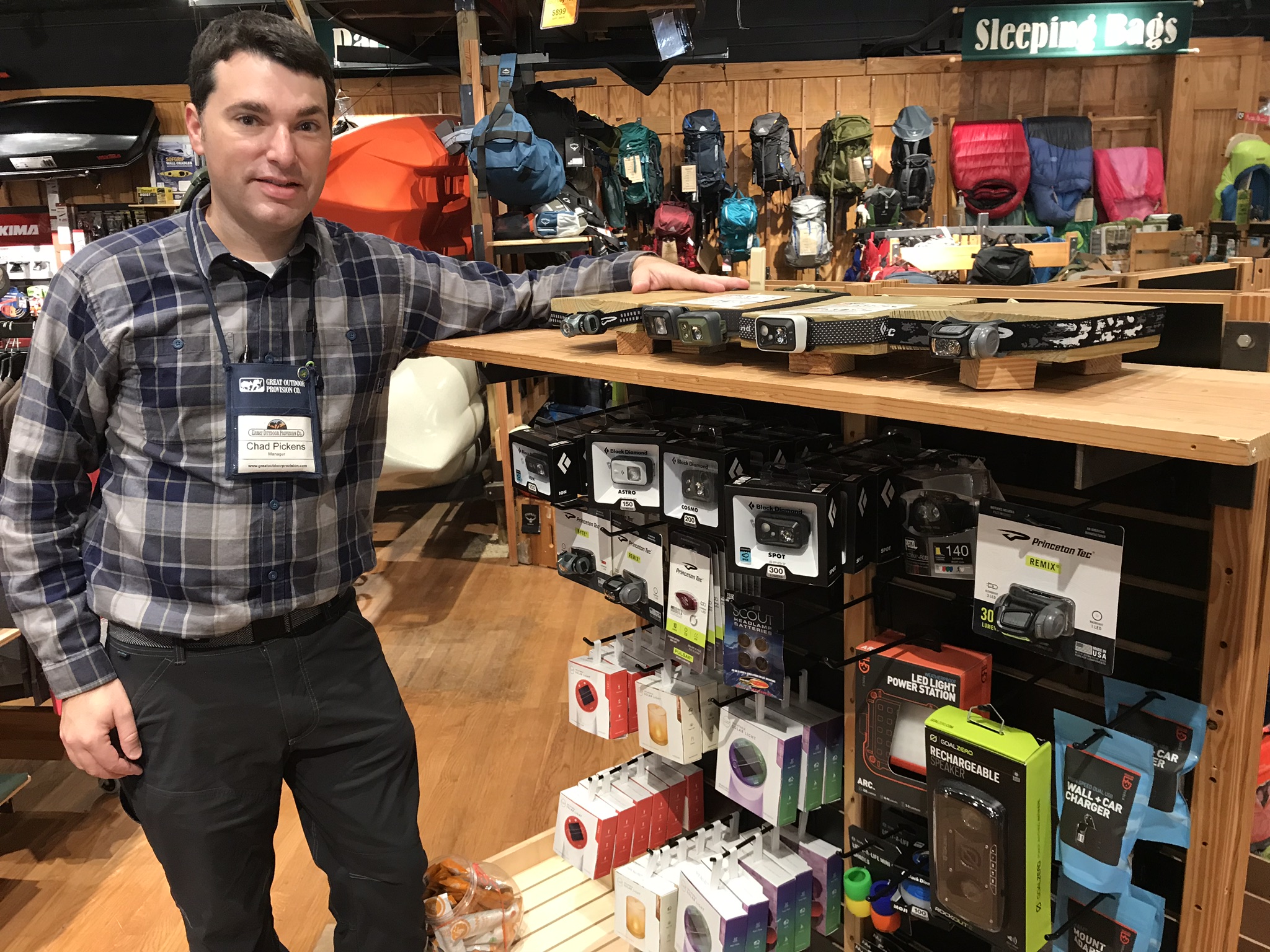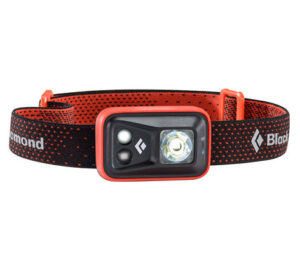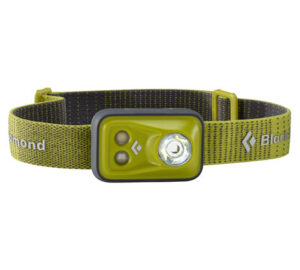
We’ve reached that time of fall when we’re losing noticeable amounts of sunlight each day. Noticeable, as in about a minute a day, which over a short amount of time adds up. Today, for instance, (Oct. 25), sunset here in Raleigh is at 6:26:10 p.m.; come Sunday it sets at 6:22:50 p.m., a difference of 3 minutes and 40 seconds in just four days. Couple that with the switch back to Standard time and on Sunday, Nov. 4, the sun will be down by 5:15:46 p.m. (We reach our afternoon sunlight nadir, fyi, on Dec. 5, when the sun hangs it up at 5:00:47 p.m.)
All of which means one thing: You need to be packing a headlamp when you head out on a hike. Those summer hikes where you had until 9 to make it back to the car are long gone; there’s considerably less lenience on a winter hike: Not only does it get dark earlier, it also gets colder more quickly. Being caught in the dark this time of year can have dire consequences. Thus, the need to be packin’ a light.
A quick primer on headlamps and what to look for, with direction from Chad Pickens, manager of our Chapel Hill shop:
Brightness. “Three years ago,” says Chad, “150 lumens was about as bright as it got. Today, they’re nearly twice as bright. It’s been an arms race for lumens.” Nearly every good lamp today employs LED technology, with brightness measured in lumens. 100-lumen headlamps, such as the Black Diamond Ion, are great for around camp, higher lumen headlamps such as the 300-lumen Spot cast ample light down the trail and are especially good for hiking at night.

Black Diamond Spot headlamp
Adjustability. While headlamps such as the Spot can cast a powerful, focused beam down the trail, check to see if they can also be throttled back to provide less intensity and thus conserve battery. Also check to see if you can expand the periphery of the light beam, especially helpful around camp.
Battery life. “One of the big differences between now and even 15 years ago is battery life,” says Chad. “With the old incandescent bulbs, three double A batteries would last maybe three hours — I’d have to take nine or 12 batteries on a weekend trip!” Today’s smaller, more powerful lamps last significantly longer. The Spot, for instance, can go 30 hours on high beam, up to 175 hours on low.
Weight. What could the difference of a few ounces make? you wonder as you juggle a weighty low-end, low-dollar headlamp in one hand, the 3.1-ounce Spot in the other? Think about the fact you’ll be wearing this thing on your forehead for a couple hours or more and the weight issue becomes significant.
How easy is it get into the battery case? You don’t want your batteries popping out at the slightest jostle, but you don’t want them playing coy when they need replacing. Especially when it’s dark you don’t want to be fiddling with a fussy locking mechanism when you can’t see what you’re doing. Play with it in the store before taking it to the register.

Black Diamond Cosmo
Does it lock? One of the biggest complaints about headlamps is that you throw one in your pack, your snacks land on top and they inadvertently turn on the light. Goodbye, battery. Check to see if your headlamp has a locking element (with the Spot, you press the on/off button until a light on the side glows blue). Short of a lock, see if the power switch is easily — too easily — activated.
Waterproof/water resistant. You want a headlamp that’s at least water resistant, to deal with rain. Those rated “splash proof” or “water resistant” should do the trick; “waterproof,” though, should guarantee that you have light on a rainy night.
Angle adjustability. You want a headlamp that adjusts easily up and down: if you’re hiking a rocky trail, you’re more inclined to want to keep the beam down and focused on where you’re stepping; on a smoother trail, you’ll want light farther down the trail. Make sure the light clicks easily into place and that the swivel mechanism isn’t likely to fail anytime soon.
Red light. “Red lights are great because they don’t compromise your night vision,” says Chad. You’re able to see in your immediate vicinity, but still have a good sense of what lies beyond. They’re also appreciated by fellow campers who aren’t blinded every time you turn to address them.
Know your headlamp before heading out. More sophisticated headlamps with various lighting adjustments are great, but can be really frustrating if you don’t know how to move from one setting to the next: sometimes you push the power button once, sometimes twice in a row, sometimes it’s a complex sequence of Morse Code taps to get where you want to be. Read the instructions and practice before heading out.
More on headlamps
The Black Diamond line of headlamps covers the general range of night light needs:
